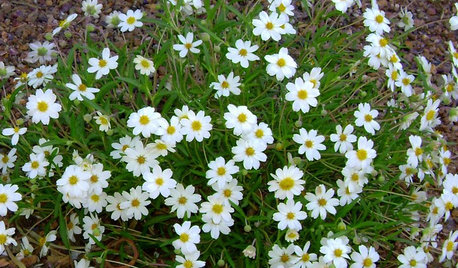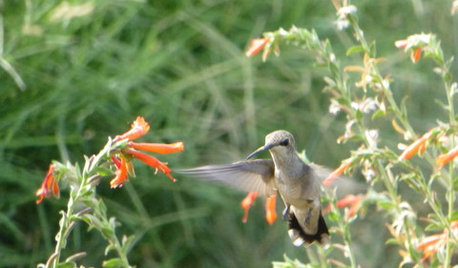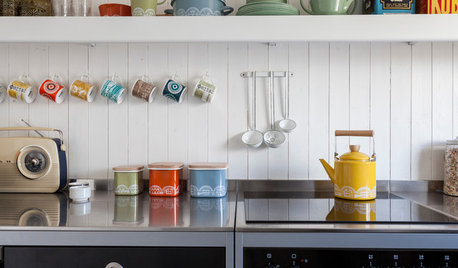Looking for a not-so bitter marmelade
tracydr
13 years ago
Related Stories

PETSSo You Want to Get a Cat
If you're a cat lover, the joys outweigh any other issue. If you haven't lived with one yet, here are a few things to know
Full Story
FURNITUREHow to Keep Your Upholstery Looking Good
You wouldn't expect your car to maintain itself. Show your sofa and chairs the same courtesy with this 3-part strategy
Full Story
FUN HOUZZHere's Looking at You: A Mirror Personality Quiz
What does your bathroom mirror preference say about you? We offer some speculations to go with 11 very different mirror styles
Full Story
GROUND COVERSGreat Design Plant: Blackfoot Daisy for Prettier Dry Ground
Don’t let its delicate looks fool you. This ground cover can survive extreme cold and heat, and with little water to boot
Full Story
LIFETrue Confessions of a House Stalker
Letting go when a new owner dares to change a beloved house's look can be downright difficult. Has this ever happened to you?
Full Story
GARDENING GUIDESSweet Serendipity: Opening to Happy Garden Discoveries
Unplanned nature scenes can be unbelievably beautiful; you just need to know how to look
Full Story
LIFEHow Do You Make Your Tea and Coffee in the Morning?
A morning cup is a must for many, and preparation comes in many guises. We look at coffee and tea habits across the Houzz community
Full Story
DECORATING GUIDESHere's How to Steer Clear of 10 Top Design Don'ts
Get interiors that look professionally styled even if you're taking the DIY route, by avoiding these common mistakes
Full Story
COLORDecorate With Intention: Picking Colors That Flatter
If room colors based on your skin and hair tones could speak, they'd say, 'You look gorgeous'
Full Story
FALL AND THANKSGIVINGCelebrate the Season With Colorful Visions of Fall
Houzz readers share what autumn looks like in the United States and beyond
Full Story





digdirt2
readinglady
Related Professionals
Lakewood Landscape Architects & Landscape Designers · Otsego Landscape Architects & Landscape Designers · Norwood Landscape Contractors · Arden-Arcade Landscape Contractors · Milton Landscape Contractors · Paterson Landscape Contractors · East Norriton Landscape Contractors · North Hills Landscape Contractors · Brentwood Roofing & Gutters · Grand Rapids Roofing & Gutters · Manassas Roofing & Gutters · Summit Roofing & Gutters · Cincinnati Driveway Installation & Maintenance · Gages Lake Driveway Installation & Maintenance · Roy Driveway Installation & MaintenancetracydrOriginal Author
readinglady
leahikesgardenspdx
tracydrOriginal Author
readinglady
tracydrOriginal Author
readinglady
tracydrOriginal Author
mellyofthesouth
tracydrOriginal Author
tracydrOriginal Author
readinglady
mellyofthesouth
tracydrOriginal Author